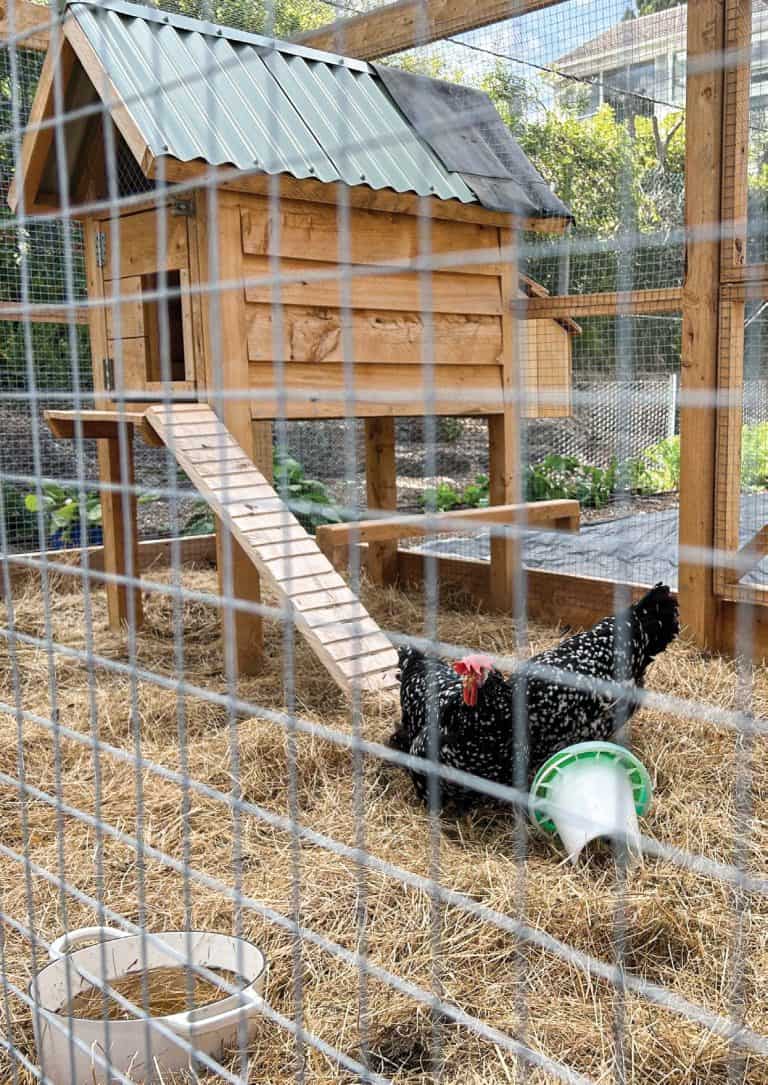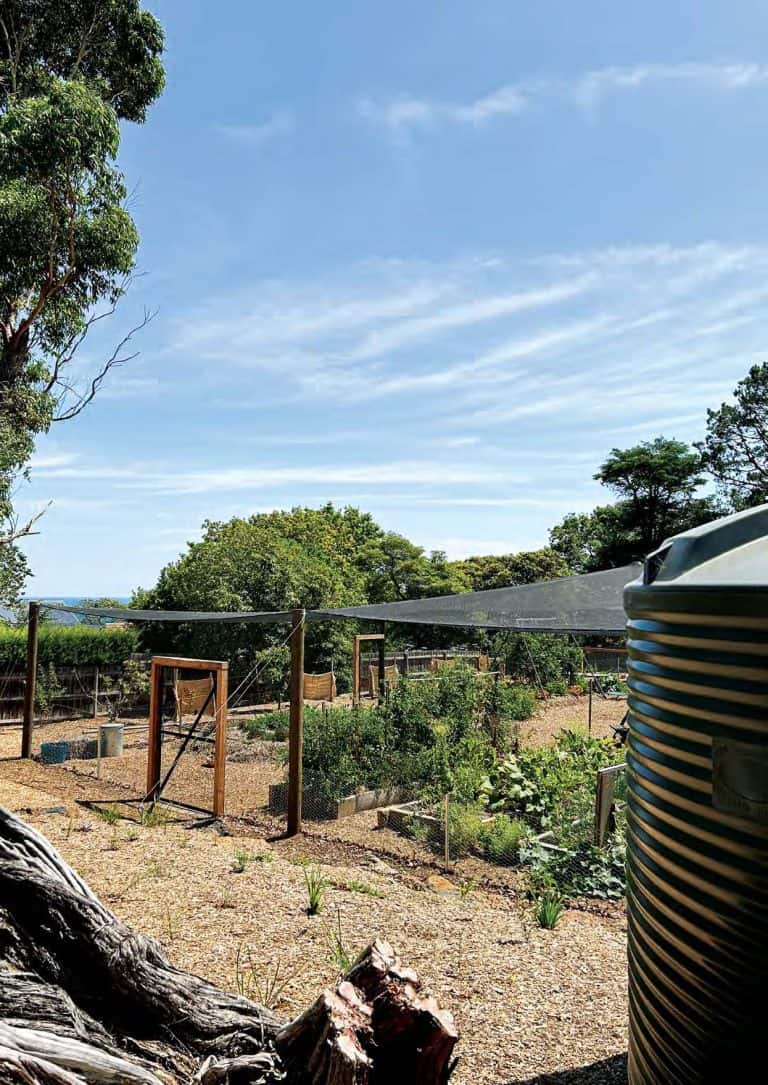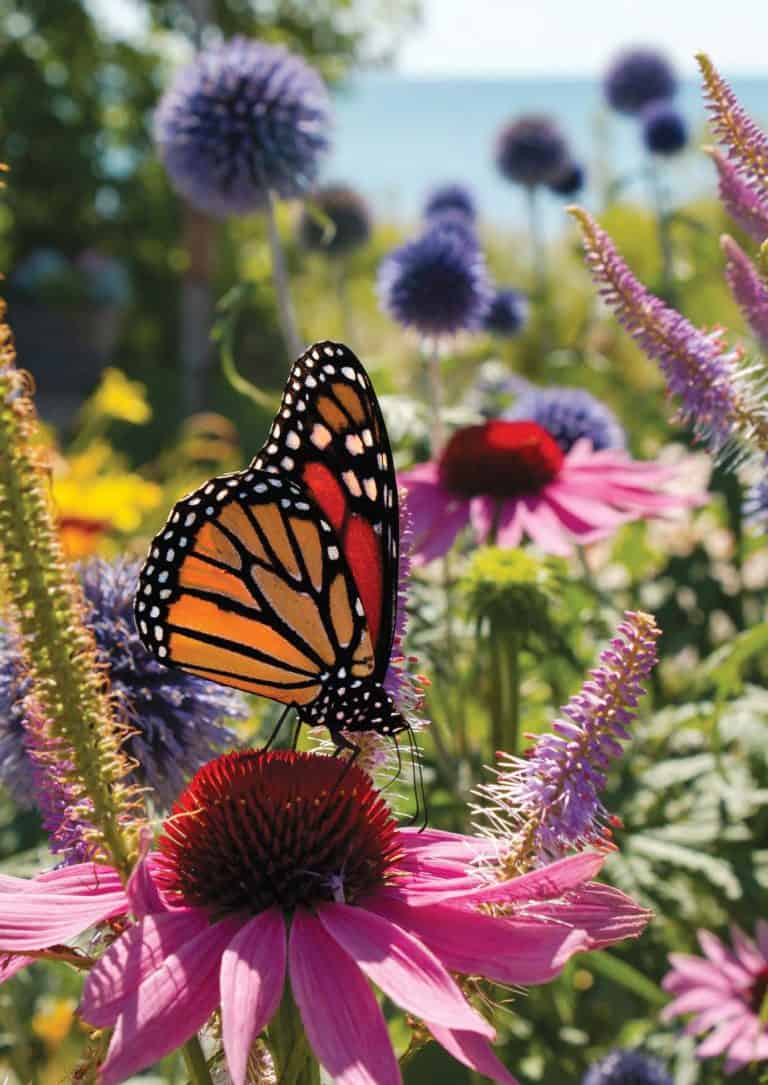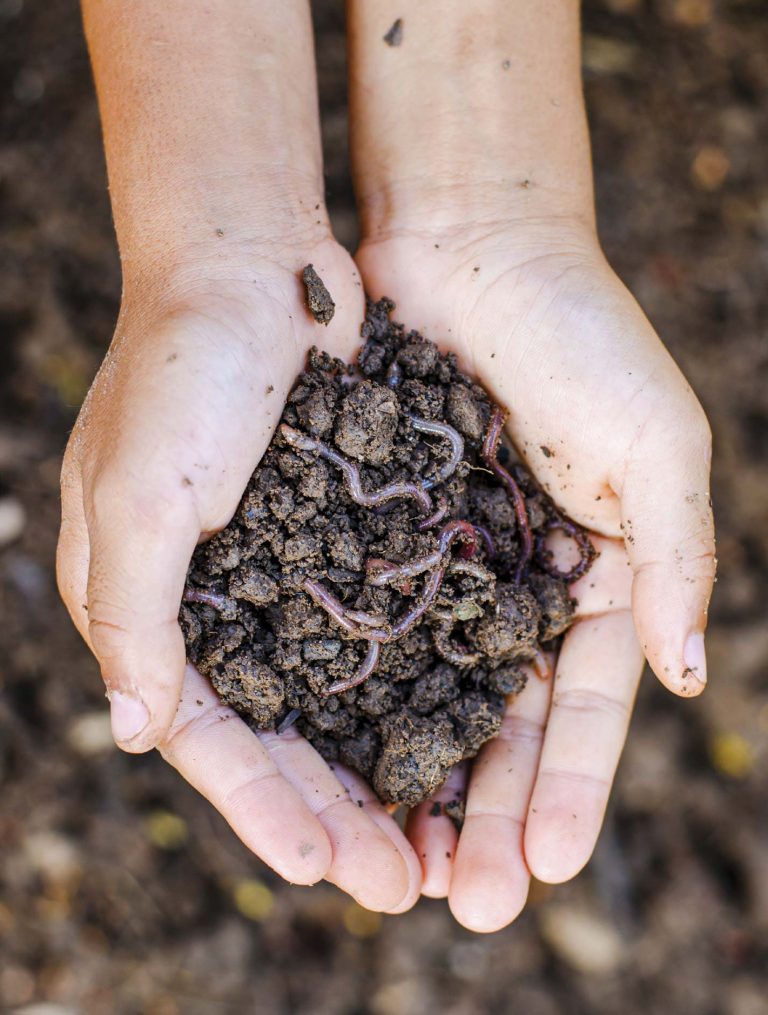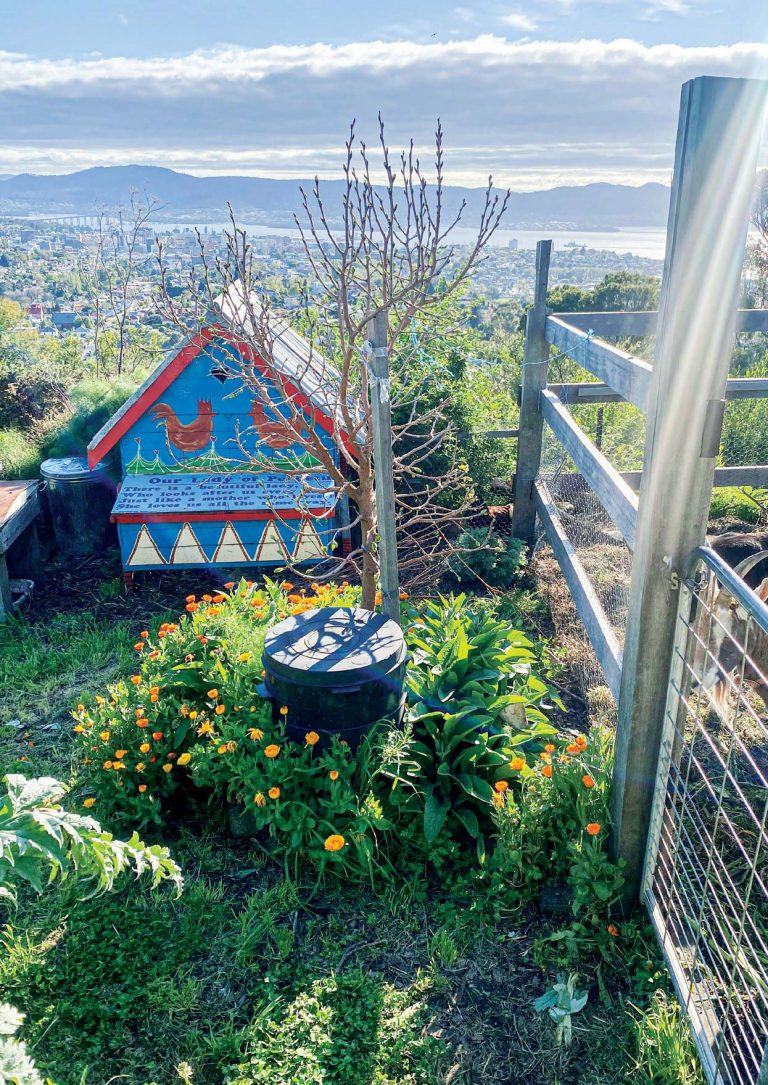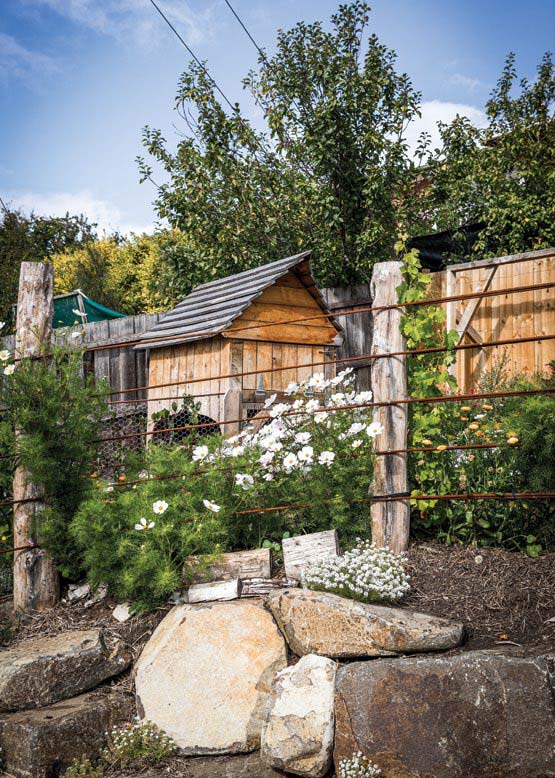NATIVES FOR NATIVES – Choosing native plants to attract native birds to your garden
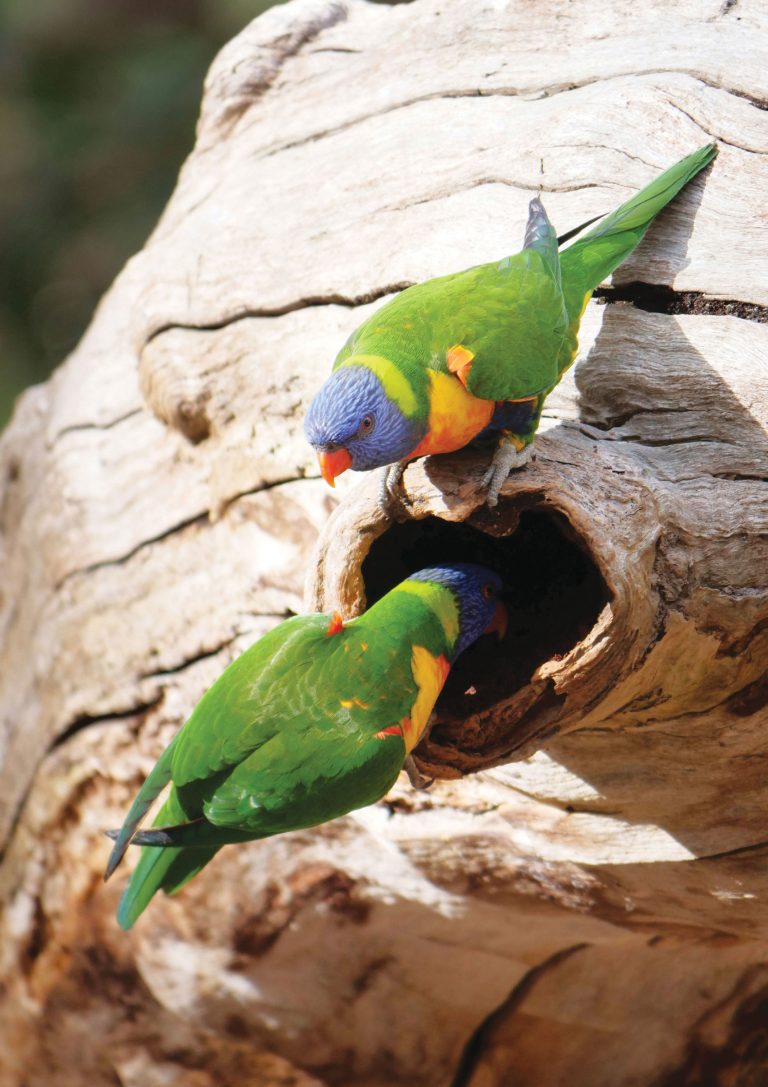
Using native plants to attract birds not only brings life, colour and song to our gardens, it also helps keep our local ecosystems balanced because of the roles birds play in pollinating plants, dispersing seed, controlling insects and, in some cases, even keeping rodents in check.
Bird habitats throughout the country are continually being cleared or destroyed, threatening vulnerable species. We have an opportunity to counter some of the imbalances this causes, by satisfying some or all of our local birds’ needs in our own garden. Their needs are simple; food, water, shelter and a place to nest. Choosing the right native plants for our gardens is one of the best ways to attract and support our native bird species.
Before starting to plan your bird-friendly garden, you can start by finding out what birds live in your area. Like us, they all have their individual likes and dislikes. Some love nectar while others prefer seeds or fruit. There are all manner of insects that birds enjoy and some will nibble on foliage and even bark.


